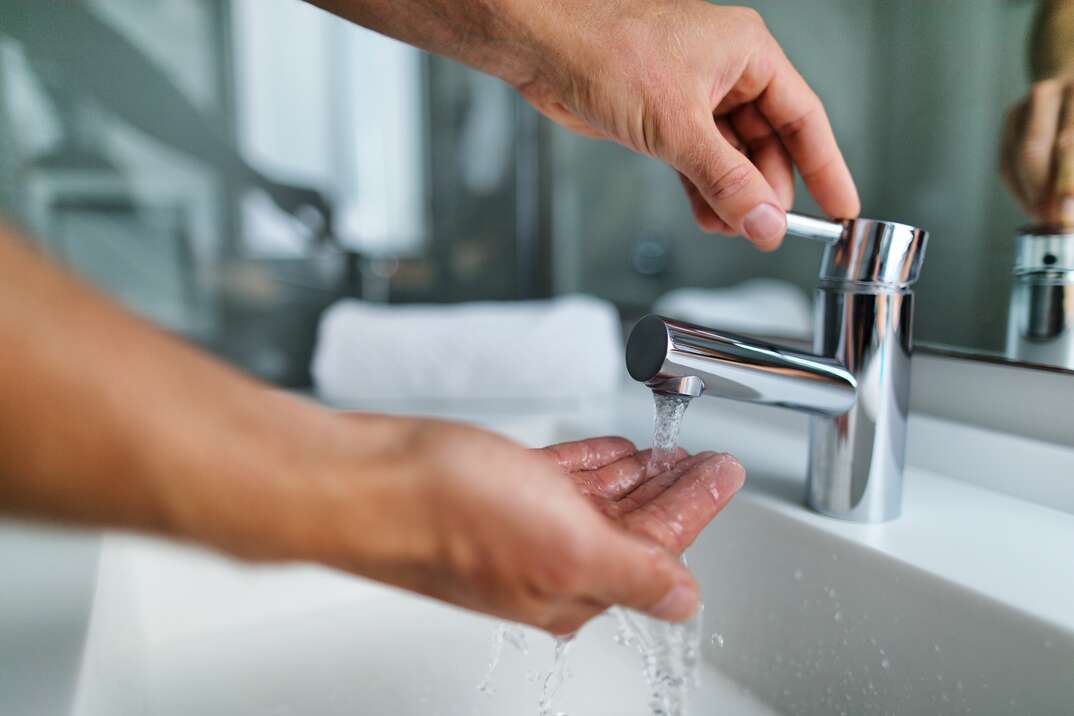What Causes Low Water Pressure? (And How Do You Fix It?)

Turning your shower on and experiencing a disappointing dribble of water is annoying when you need to get out of the house in the morning. However, water pressure problems are more than minor irritations. If you're experiencing low water pressure, it could be a sign of a more serious fault with your plumbing system.
Troubleshooting low water pressure is sometimes a DIY job, but many situations call for urgent attention from a professional plumber. Here’s everything you need to know to get started.
What Are the Common Causes of Low Water Pressure in Your House?
Occasionally, low water pressure is due to broader pressure issues with your municipal water supply. However, the problem is far more likely due to a fault within your home plumbing system. If your neighbors don't have the same issues, it's time to consider the following common causes.
Debris and Corrosion
Over time, debris and minerals can build up inside your plumbing system — especially if you're careless about rinsing grease and food particles down the sink. These substances can stick to the insides of your pipes and cause partial or full blockages, leading to reduced or inconsistent water pressure.
Corrosion is another common problem that can lead to water pressure issues, particularly with older systems. As your system corrodes, it develops buildup in the water lines and restricts the flow of water to your fixtures. This problem is especially common in older tanked water heaters if the anode corrodes, preventing it from attracting corrosive particles and allowing them to accumulate inside the tank and supply lines.
Shutoff Valve
Your home's water shutoff valve allows water to enter your plumbing system. If the valve is partially shut, it restricts water flow. This can lead to low water pressure in a house.
Water Meter Valve
The valve inside your water meter also controls the water supply to your house. It can reduce the flow rate if it isn't completely open.
Leaks
Any leaking component inside your plumbing system can cause gradual or sudden low water pressure. That's because some of the water flowing through the system escapes, reducing the supply to your fixtures. Any part of your plumbing system can develop a leak, but burst or cracked pipes are common culprits.
Plumbing leaks aren't always easy to detect. However, you may notice damp patches or puddles on your floors, ceilings or walls, and these areas are prone to mold growth. It's also worth checking for water heater leaks by looking for pools of water under or around your hot water tank.
A sudden increase in your water bills could also indicate a plumbing leak, especially when accompanied by water pressure problems. Seepage from the water lines means a lot of wasted water, so you'll find yourself paying more than usual for your regular household usage.
More Related Articles:
- Calling a Plumber? Here Are the 6 Most Common Plumbing Jobs and How Much They Cost
- 6 Ways to Try to Unclog Your Sink Before You Call a Plumber
- What's in My Plumber's Van?
- Here's How Much It Costs to Remodel a Bathroom
- 6 Tips for Hiring a Plumber
Sometimes, you can fix water pressure issues yourself without paying a professional plumber. The most straightforward problems to rectify are closed (or partially closed) shutoff or water meter valves, as you can simply open the valve to increase the flow rate. Closed valves are more likely to be to blame if you've had recent plumbing work and your contractor forgot to reopen the valves after finishing the job.
When Should You Call a Plumber to Fix Low Water Pressure?
If you've checked your water valves and they're fully open, but you're still experiencing water pressure problems, it's time to call a plumber. You may have a slow leak or another hard-to-spot plumbing problem, and those typically require a pro to identify and fix.
Always call a plumber if you notice clear signs of a leak or other alarming plumbing symptoms, such as clanging noises from your water heater. These issues require prompt repairs before they develop into a major plumbing disaster like a burst pipe, and dealing with them quickly can prevent expensive damage to your home. In some situations, replacing a worn-out water heater or a section of pipe may be necessary to get your water pressure back to normal.
Elocal Editorial Content is for educational and entertainment purposes only. Editorial Content should not be used as a substitute for advice from a licensed professional in your state reviewing your issue. Systems, equipment, issues and circumstances vary. Follow the manufacturer's safety precautions. The opinions, beliefs and viewpoints expressed by the eLocal Editorial Team and other third-party content providers do not necessarily reflect the opinions, beliefs and viewpoints of eLocal or its affiliate companies. Use of the Blog is subject to the
Website Terms and Conditions.The eLocal Editorial Team operates independently of eLocal USA's marketing and sales decisions.



